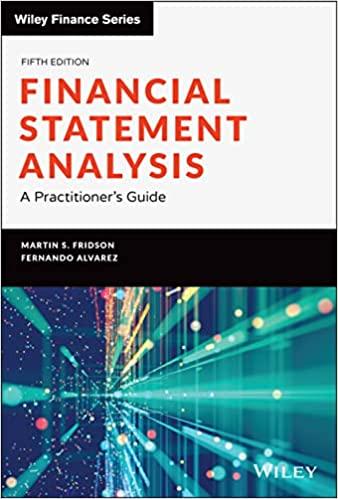
BUSFIN 1347 Mergers, Acquisitions, and Corporate Structure Stock Exchange Problem Set Case Facts Acquirer Corporation and Target Inc. are engaged in negotiations for a merger in which Acquirer would be the acquiring firm. Both firms are favorably inclined towards merging, assuming that they can agree on a price. Acquirer Target Pre-merger stock price $28.00 $42.00 Pre-merger shares outstanding 632,000 214,000 1. The two firms expect their combination to result in total synergies that have a present value of $4.850 million. They have agreed that the consideration paid to Target by Acquirer will be in the form of shares of Acquirer common stock; Target shareholders will receive 1.6 shares of Acquirer stock for each share of Target stock. Acquirer's shareholders will maintain their existing Acquirer shares. What would be the expected percentage premium to each group of shareholders at this exchange ratio? What percentage of the combined firm would each group of shareholders own? What would these values be at exchange rates of 1.0, 1.5, 2.0, and 2.5? 2. Both firms' executives understand that even the most carefully calculated expectation of synergies will not necessarily be realized. Thus, each is interested in understanding how their realized premium would vary with actual synergies. Assume that the firms agree on an exchange ratio of 1.6 Acquirer shares for each Target share. What will the post-deal stock price of the combined firm be if the market expects synergies of: negative $1.0 million, zero, $2.5 million, $6.0 million, $8.0 million? At each of these levels of synergies, what percentage premium would the acquiring firm shareholders realize? The target firm shareholders? 3. If Acquirer were to make a cash offer that resulted in the same expected premium to Target shareholders that they would receive in a stock offer with a 1.6 exchange ratio, what price per share would Acquirer offer for each Target share? Under this scenario, what would the post-deal stock price of the combined firm be if synergies turn out to be: negative $1.0 million, zero, $2.5 million, $6.0 million, $8.0 million? At each of these levels of synergies, what percentage premium would the acquiring firm shareholders realize? The target firm shareholders? 4. Assume that if Target shareholders receive Acquirer shares in the merger they would sell their Acquirer shares as soon as they receive them. Would the cash price that Target shareholders would be willing to accept in lieu of 1.6 shares of Acquirer stock be more than, less than, or equal to the cash price that you calculated in question 4? Please explain your answer. BUSFIN 1347 Mergers, Acquisitions, and Corporate Structure Stock Exchange Problem Set Case Facts Acquirer Corporation and Target Inc. are engaged in negotiations for a merger in which Acquirer would be the acquiring firm. Both firms are favorably inclined towards merging, assuming that they can agree on a price. Acquirer Target Pre-merger stock price $28.00 $42.00 Pre-merger shares outstanding 632,000 214,000 1. The two firms expect their combination to result in total synergies that have a present value of $4.850 million. They have agreed that the consideration paid to Target by Acquirer will be in the form of shares of Acquirer common stock; Target shareholders will receive 1.6 shares of Acquirer stock for each share of Target stock. Acquirer's shareholders will maintain their existing Acquirer shares. What would be the expected percentage premium to each group of shareholders at this exchange ratio? What percentage of the combined firm would each group of shareholders own? What would these values be at exchange rates of 1.0, 1.5, 2.0, and 2.5? 2. Both firms' executives understand that even the most carefully calculated expectation of synergies will not necessarily be realized. Thus, each is interested in understanding how their realized premium would vary with actual synergies. Assume that the firms agree on an exchange ratio of 1.6 Acquirer shares for each Target share. What will the post-deal stock price of the combined firm be if the market expects synergies of: negative $1.0 million, zero, $2.5 million, $6.0 million, $8.0 million? At each of these levels of synergies, what percentage premium would the acquiring firm shareholders realize? The target firm shareholders? 3. If Acquirer were to make a cash offer that resulted in the same expected premium to Target shareholders that they would receive in a stock offer with a 1.6 exchange ratio, what price per share would Acquirer offer for each Target share? Under this scenario, what would the post-deal stock price of the combined firm be if synergies turn out to be: negative $1.0 million, zero, $2.5 million, $6.0 million, $8.0 million? At each of these levels of synergies, what percentage premium would the acquiring firm shareholders realize? The target firm shareholders? 4. Assume that if Target shareholders receive Acquirer shares in the merger they would sell their Acquirer shares as soon as they receive them. Would the cash price that Target shareholders would be willing to accept in lieu of 1.6 shares of Acquirer stock be more than, less than, or equal to the cash price that you calculated in question 4? Please explain your







